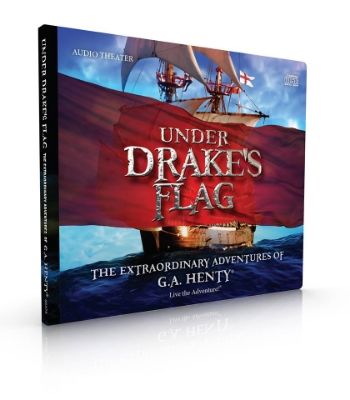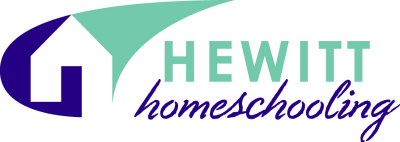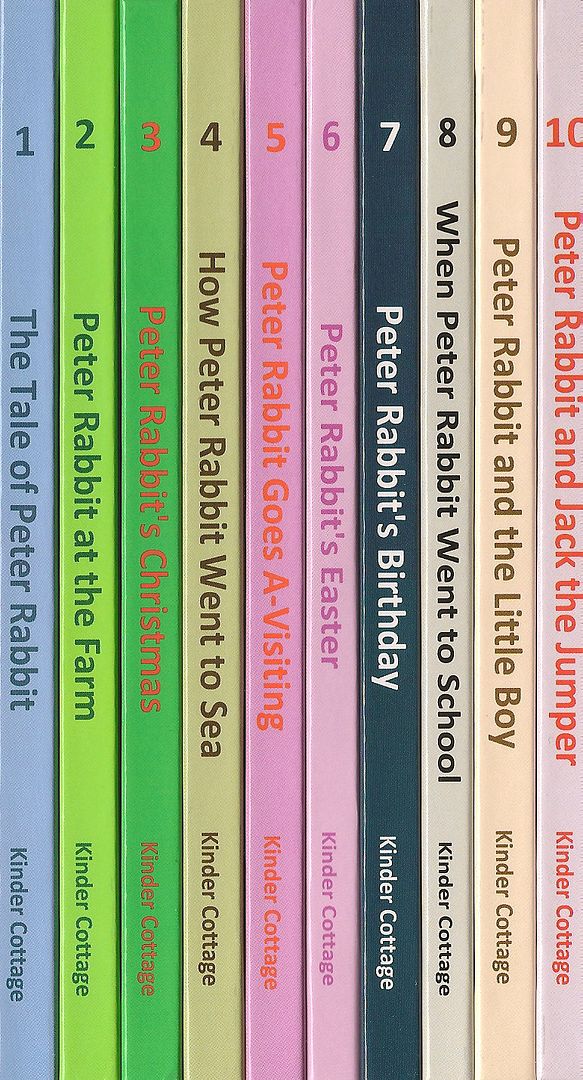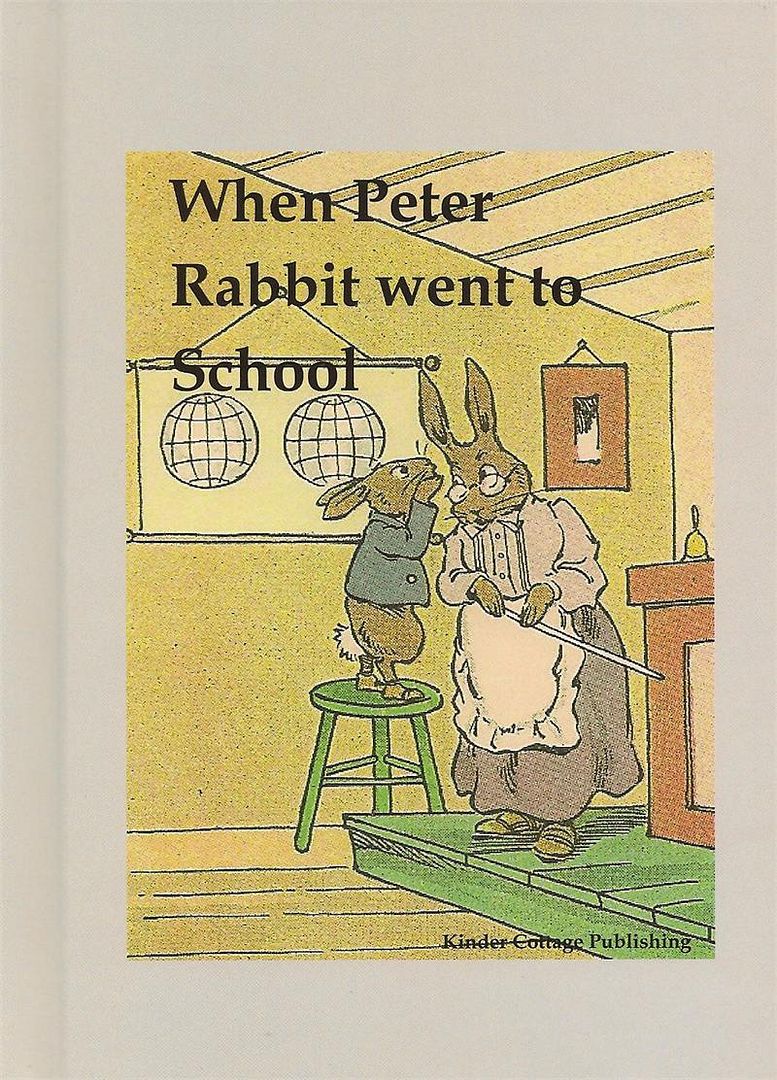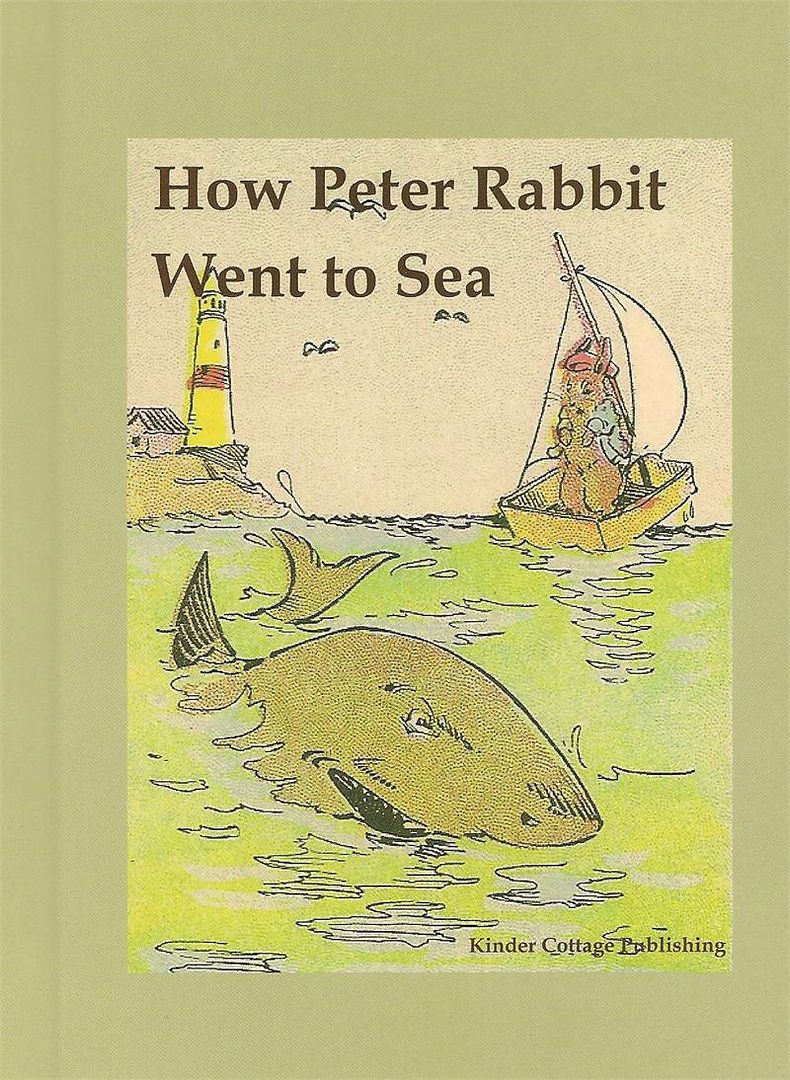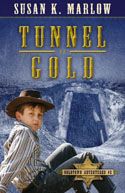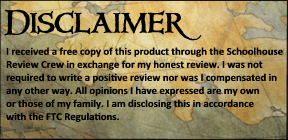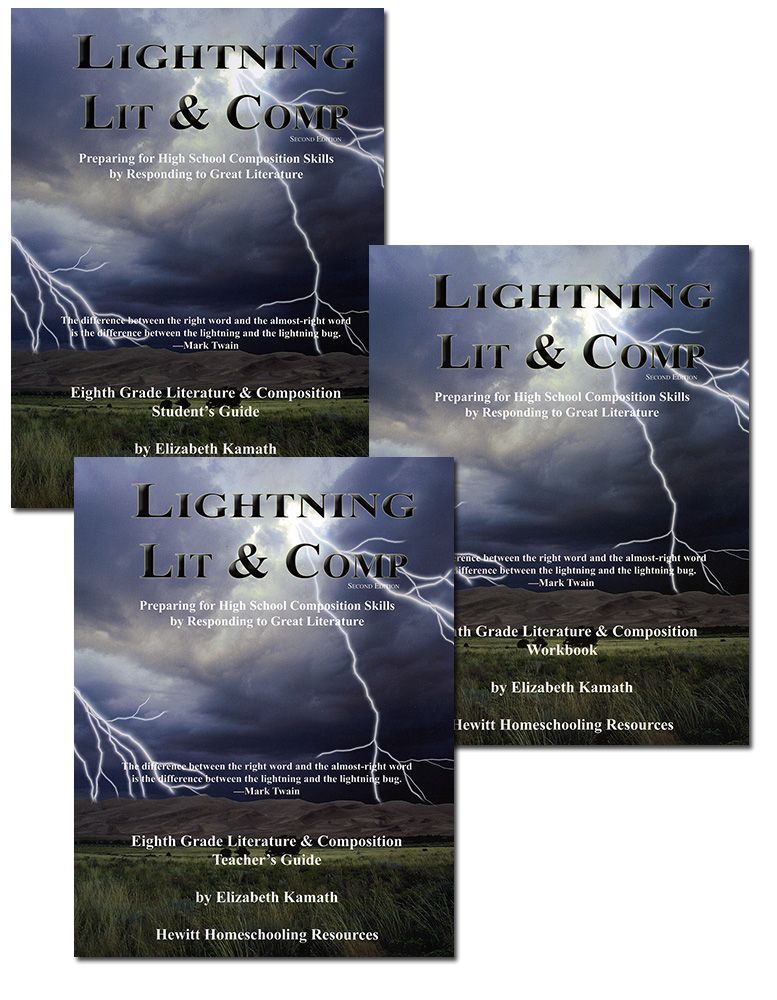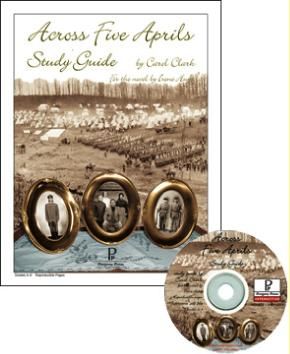A handful of weeks ago, we were given the opportunity to review Under Drake's Flag, produced by Heirloom Audio Productions. This 2 CD set with an abridged study guide sells for $29.95, and is most suitable for ages 6 through adult.
We really enjoy listening to audio books here at Larson Boys Academy, especially when we're all in the van together. Now that the boys are older, it seems that we're running in different directions quite often so we don't get to listen to as many as we used to. However, this CD set arrived just before we left on a road trip to visit family so the timing was perfect for all 7 of us to listen to the story.
This is a 2 hour long audio theater production of G.A. Henty's story about Sir Francis Drake. Since it is an audio theater production, it's more than just a narrator reading the story. There is a full cast of talented actors performing the story, along with sound effects and a musical score that make the story come alive.
Sir Francis Drake lived from 1540-1596. He circumnavigated the globe for England, helped defeat the Spanish Armada when they invaded trying to capture England, and was made a knight by Queen Elizabeth. More importantly, he was a strong Christian and his Christian values guided what he did.
This story tells about Sir Francis Drake and his adventures through the experiences of Ned Hawkshaw. During Ned's travels, he experiences battles, a shipwreck, and even a shark attack, and then he witnesses the Spanish Inquisition.
This story tells about Sir Francis Drake and his adventures through the experiences of Ned Hawkshaw. During Ned's travels, he experiences battles, a shipwreck, and even a shark attack, and then he witnesses the Spanish Inquisition.
Included with the CDs is an abridged study guide. This abridged guide is divided into 19 sections, and each section has three parts: "Listening Well" (comprehension questions), "Thinking Further" (questions that require your child to use critical thought to think more deeply about the story), and "Defining Words" (words that your child might need to look up in order to understand a bit more about the story). There are also 3 short Bible studies in the back of the guide.
There is also a full study guide available as a PDF download. This full study guide has the same sections as the abridged version, but there are a more questions and words listed. For example, in the first section, the abridged guide has 3 "Listening Well" questions, 3 "Thinking Further" questions, and 2 words under "Defining Words". The full study guide has 8 "Listening Well" questions, 9 "Thinking Further" questions, and 6 words under "Defining Words".
There is also a full study guide available as a PDF download. This full study guide has the same sections as the abridged version, but there are a more questions and words listed. For example, in the first section, the abridged guide has 3 "Listening Well" questions, 3 "Thinking Further" questions, and 2 words under "Defining Words". The full study guide has 8 "Listening Well" questions, 9 "Thinking Further" questions, and 6 words under "Defining Words".
This audio drama is very well done. It was enjoyed by all 7 of us on our road trip. The cast did a superb job, and the musical score and sound effects transported us into the story so we felt as if we were on the high seas ourselves, even though we were actually travelling through the midwest.
Since we enjoyed Under Drake's Flag so much, I was excited to hear that Heirloom Audio Productions is currently working on a second title: In Freedom's Cause. This GA Henty book is about William Wallace and Robert the Bruce, and the projected release date is November.


